Tax Burden Disparities Create Economic Migration Patterns
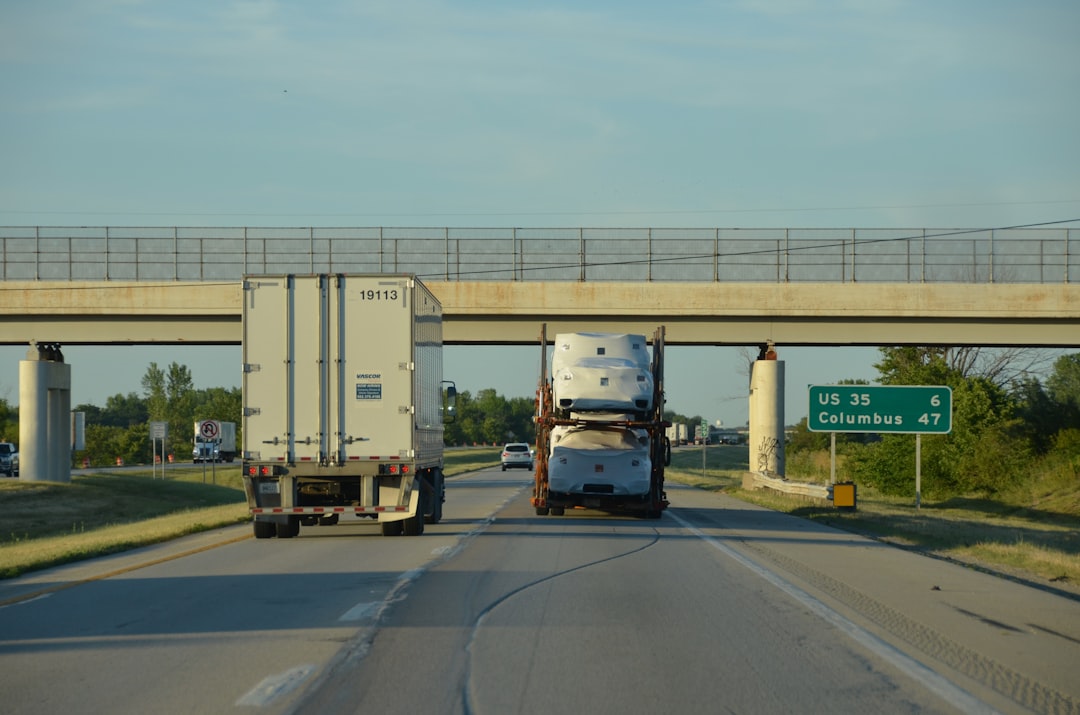
The difference between paying 13.3% state income tax in California versus zero in Texas has sparked one of the largest internal migration movements in modern American history. According to the U.S. Census Bureau’s 2023 data, California lost over 340,000 residents to other states, with Texas gaining approximately 230,000 new residents from domestic migration. This isn’t just about the wealthy seeking tax havens – middle-class families are calculating whether an extra $8,000 in annual tax savings justifies a cross-country move. The phenomenon has become so pronounced that moving companies report their highest interstate relocation rates since the post-World War II era. These tax-driven migrations are reshaping entire metropolitan areas, with Austin and Nashville experiencing housing shortages while San Francisco and New York face declining populations in certain neighborhoods.
Healthcare Access Varies Dramatically by State Lines

A breast cancer diagnosis in Alabama versus Massachusetts can mean the difference between life and death, according to 2024 research from the American Cancer Society. States that expanded Medicaid under the Affordable Care Act show significantly better health outcomes, with Mississippi residents having a life expectancy nearly four years shorter than those in Hawaii. The stark reality hits hardest for chronic conditions – a Type 1 diabetic in Louisiana faces insulin costs averaging $340 monthly, while the same prescription costs $89 in Vermont due to state-level pharmaceutical regulations. Emergency medical situations become even more complex when ambulances must navigate which state’s protocols apply during interstate transport. Rural communities near state borders often drive hours to access specialized care, creating medical deserts that wouldn’t exist if healthcare policies were federally standardized.
Educational Quality Depends on Geographic Lottery
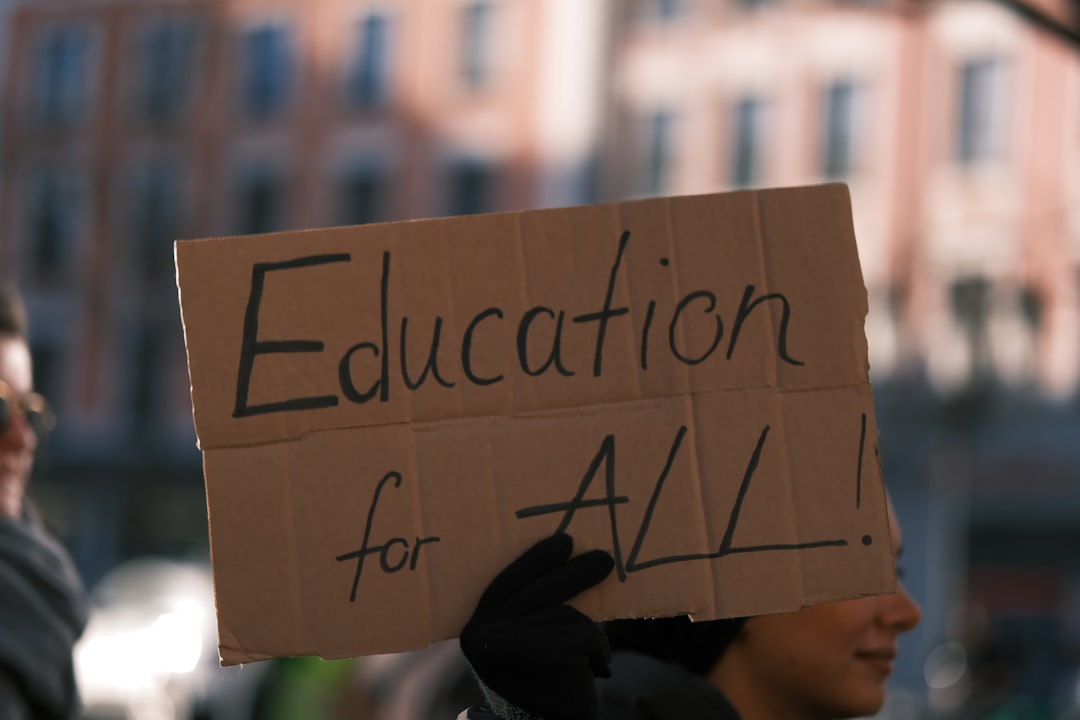
A fourth-grader’s future prospects can be determined by which side of the state line their parents chose to live on, as evidenced by 2023 National Assessment of Educational Progress scores. Massachusetts students consistently outperform their peers in neighboring states by margins equivalent to two full grade levels in mathematics and reading comprehension. The funding disparities are staggering – New York spends $26,571 per student annually while Utah allocates just $8,014, according to the National Education Association’s latest rankings. Teacher salaries reflect these gaps dramatically, with Connecticut educators earning an average of $79,742 compared to $41,953 in South Dakota. These educational inequalities perpetuate generational cycles, as students from well-funded districts are significantly more likely to attend four-year universities and pursue advanced degrees.
Criminal Justice Systems Create Unequal Punishments

Identical crimes receive vastly different sentences depending on the courthouse where they’re tried, creating a patchwork of justice across America. A first-time marijuana possession charge in Oregon results in a $100 fine, while the same offense in Idaho can lead to six months in jail and a $1,000 penalty. The death penalty remains legal in 24 states but has been abolished in 26 others, meaning geography literally determines life or death in capital cases. According to the Bureau of Justice Statistics’ 2024 report, incarceration rates vary from 150 per 100,000 residents in Maine to 680 per 100,000 in Louisiana. These disparities have created a system where justice depends more on zip code than the severity of the crime, undermining the constitutional principle of equal protection under law.
Minimum Wage Gaps Influence Worker Migration

A fast-food worker in Seattle earns $19.97 per hour while their counterpart in Georgia makes just $7.25, creating powerful economic incentives for interstate job searches. The federal minimum wage hasn’t increased since 2009, leaving states to set their own standards and inadvertently creating employment deserts in low-wage regions. According to the Economic Policy Institute’s 2024 analysis, full-time minimum wage workers in high-cost states like California can afford basic housing, while those in federal minimum wage states fall short by $800-1,200 monthly. This wage arbitrage has led to unprecedented labor shortages in tourist-dependent states like Florida and South Carolina, where businesses struggle to compete with higher-paying opportunities elsewhere. The phenomenon has become so pronounced that some border cities see daily commuter flows as workers cross state lines for better-paying positions.
Environmental Regulations Create Health Disparities

Air quality measurements reveal shocking differences between neighboring states, with California’s strict emissions standards producing measurably cleaner air than industrial states like Indiana. The American Lung Association’s 2023 State of the Air report shows that residents in states with stronger environmental protections experience 23% fewer asthma-related hospitalizations and respiratory illnesses. Water quality standards vary so dramatically that some border communities literally truck in clean water from neighboring states with stricter regulations. Industrial accidents have cross-border consequences that highlight these regulatory gaps – the 2023 train derailment in East Palestine, Ohio, affected residents in Pennsylvania who had no say in the transportation policies that contributed to the disaster. These environmental inequalities disproportionately impact low-income communities who lack the resources to relocate to states with stronger protections.
Marriage and Family Rights Remain Geographically Determined
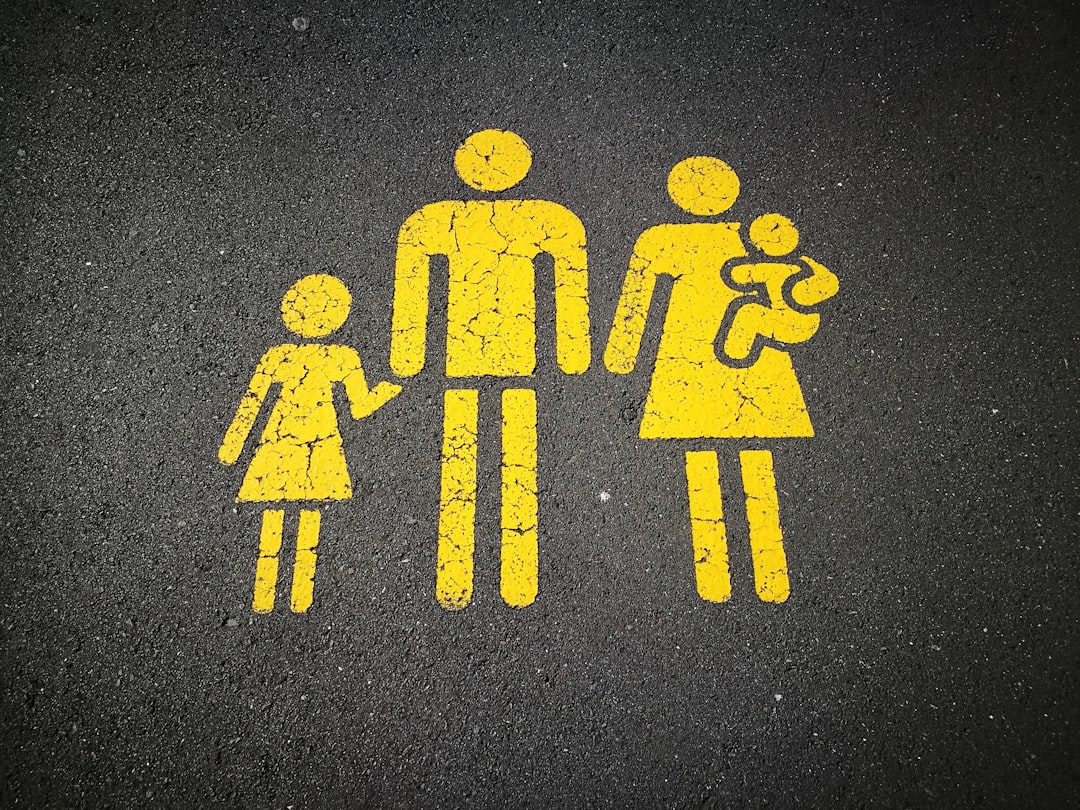
LGBTQ+ couples face a complex legal landscape where their family rights can evaporate simply by crossing state lines, despite federal marriage equality protections. Adoption processes vary so dramatically that same-sex couples in restrictive states routinely travel to more welcoming jurisdictions to complete family formations. The 2022 overturning of Roe v. Wade created a patchwork of reproductive rights where pregnancy termination is legal in some states while criminalized in others, forcing medical tourism across state boundaries. Divorce proceedings become particularly complicated when couples married in one state seek dissolution in another with different property and custody laws. These family law disparities create uncertainty for military families, corporate employees, and others whose careers require frequent relocation across state lines.
Business Licensing Creates Interstate Commerce Barriers
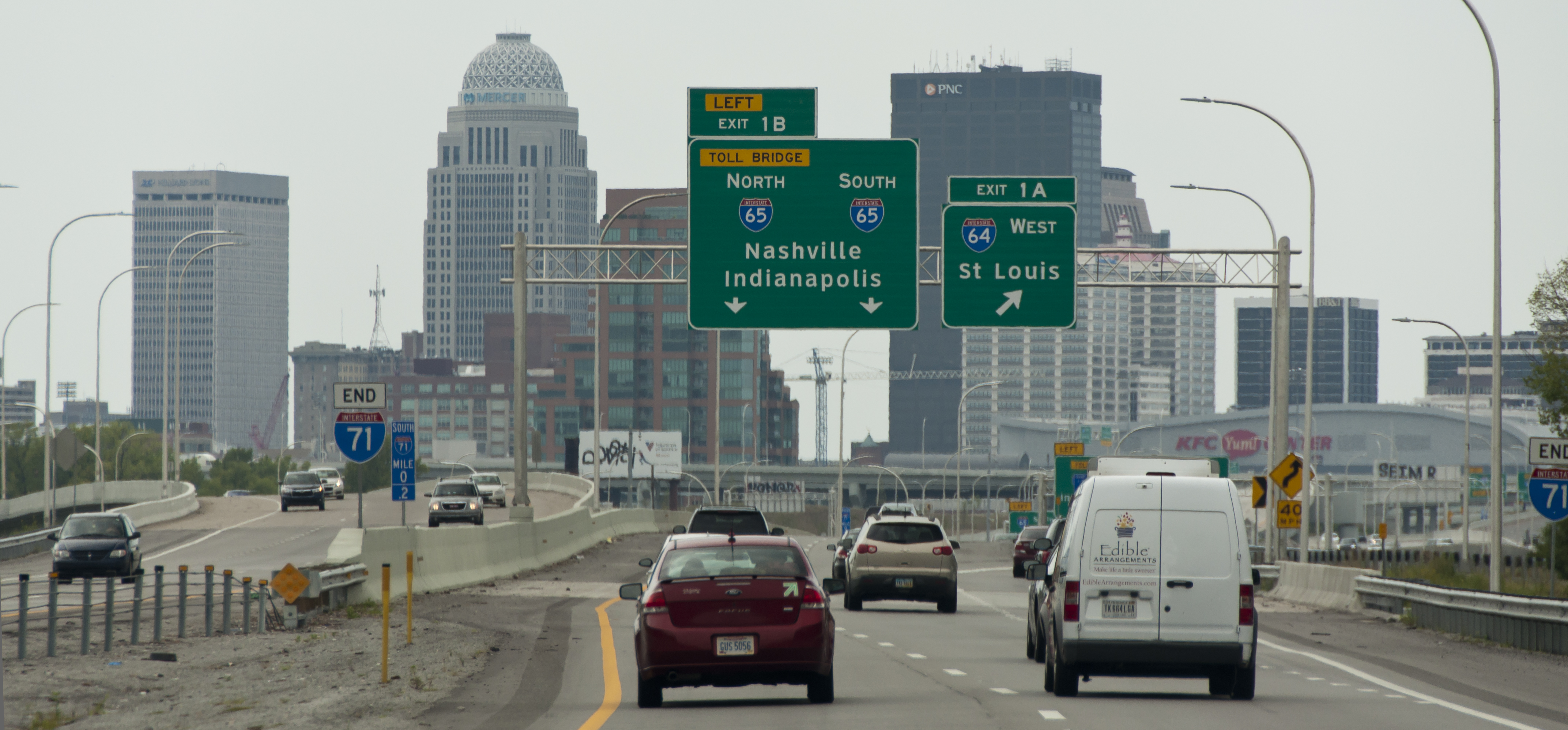
Professional licensing requirements trap skilled workers in their home states, creating artificial labor shortages that drive up costs for consumers. A licensed electrician in Florida cannot legally work in Georgia without completing additional certifications, despite performing identical tasks. The Institute for Justice’s 2024 research shows that nearly 30% of American workers now require government permission to do their jobs, up from just 5% in 1950. These barriers are particularly burdensome for military spouses, who face unemployment rates triple the national average due to frequent relocations across state lines. Telemedicine has highlighted these absurdities most clearly, as doctors licensed in one state cannot treat patients in another, even during public health emergencies when care is desperately needed.
Transportation Infrastructure Reflects State Priorities
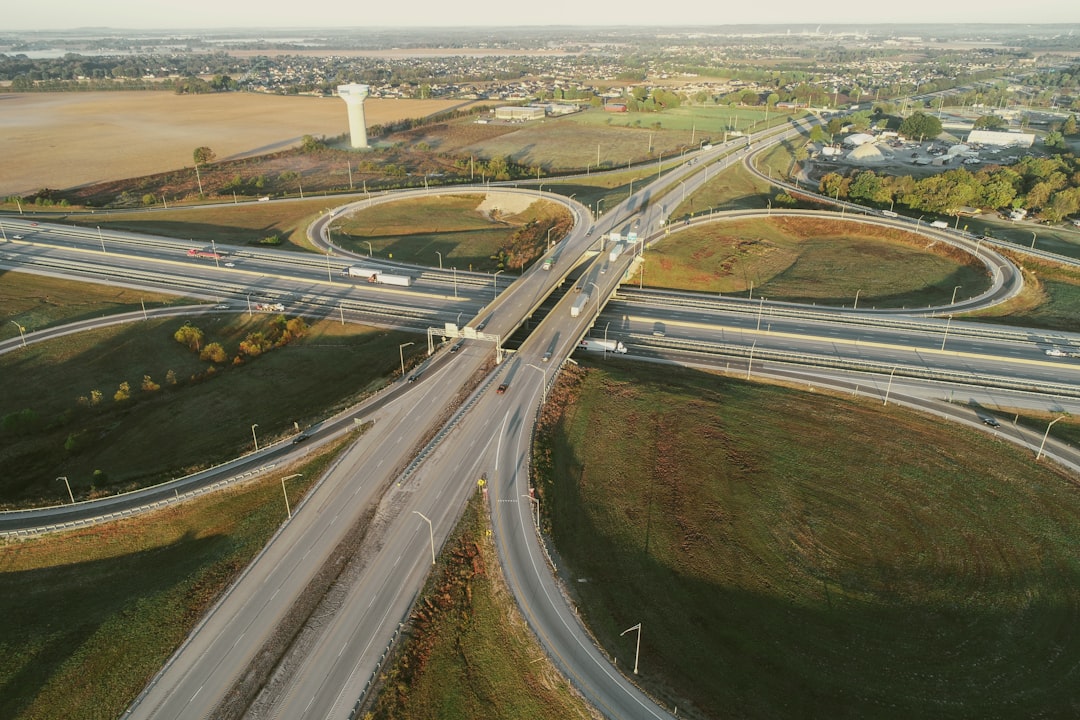
The quality of interstate highways dramatically changes at state borders, reflecting different maintenance priorities and funding levels across jurisdictions. According to the Federal Highway Administration’s 2024 report, road conditions in states like North Dakota and Wyoming significantly outpace those in Pennsylvania and Rhode Island, where infrastructure receives less political attention. Public transportation options vary so dramatically that car-free living is practical in some metropolitan areas but impossible in others, even within the same region. Tolling policies create economic barriers that effectively segregate communities – New Jersey residents pay significantly more to travel their own state than visitors from toll-free states. These transportation disparities reinforce economic inequalities and limit mobility for lower-income Americans who cannot afford reliable personal vehicles.
Energy Costs Vary Wildly Due to State Policies
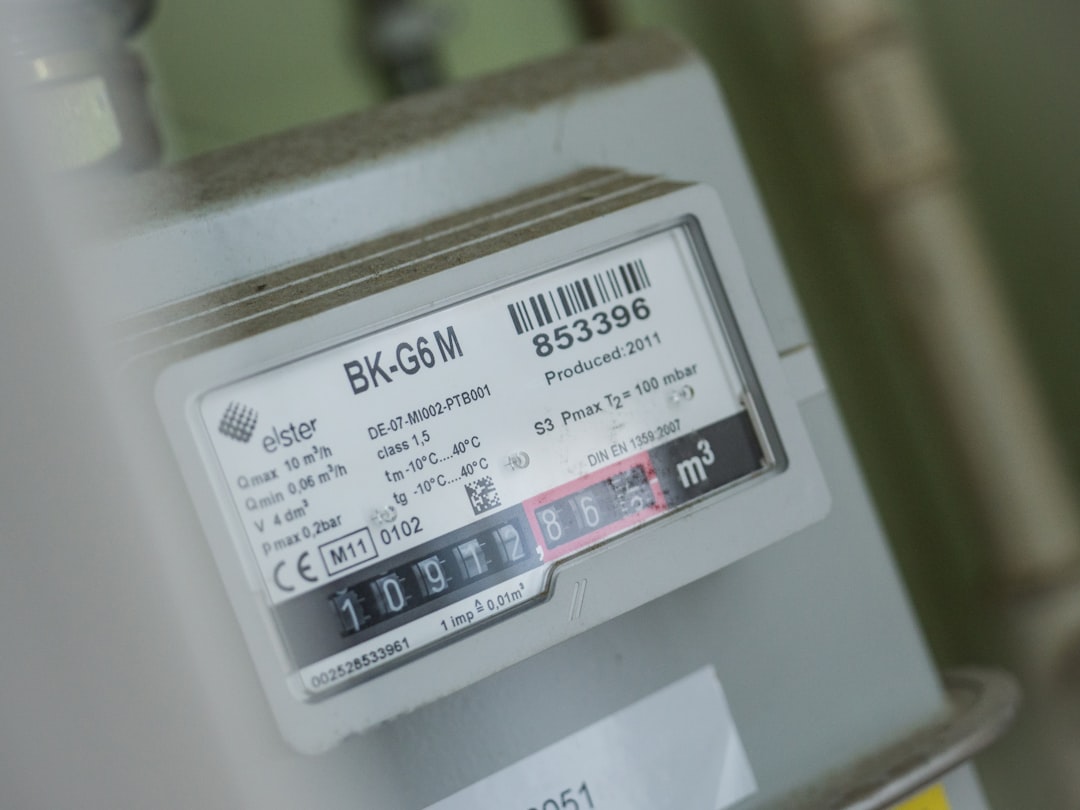
Monthly electricity bills can double or triple depending on which state you call home, with Hawaii residents paying an average of $0.44 per kilowatt-hour while Louisiana residents enjoy rates of just $0.12. State-level energy policies create these disparities through different regulatory approaches, renewable energy mandates, and utility market structures. The Energy Information Administration’s 2024 data shows that states with deregulated energy markets don’t necessarily provide cheaper power, challenging assumptions about free-market efficiency. Natural gas availability varies dramatically by region, with some states banning new gas connections while others subsidize fossil fuel infrastructure. These energy cost differences affect everything from manufacturing competitiveness to household budgets, creating economic advantages for businesses and residents in low-cost energy states.
Gun Laws Create Complex Interstate Complications

Firearm regulations vary so dramatically between states that legal gun owners can unknowingly become felons simply by crossing state lines with their weapons. Constitutional carry laws in 25 states allow permit-free concealed carry, while others require extensive background checks and training requirements. The Bureau of Alcohol, Tobacco, Firearms and Explosives’ 2024 tracing data shows that many crime guns originate in states with lax regulations and travel to jurisdictions with stricter controls. Interstate gun trafficking has become so problematic that some states have filed lawsuits against neighbors with weaker laws, claiming their policies undermine local public safety efforts. These regulatory differences create enforcement challenges for law enforcement agencies working across state boundaries and confusion for law-abiding citizens trying to comply with varying requirements.
Cannabis Legalization Creates Federal-State Conflicts

A substance that’s legal and taxed in Colorado remains a federal crime everywhere, creating unprecedented conflicts between state and federal law. The 2024 cannabis market generated over $35 billion in legal sales across 38 states, yet banking and interstate commerce remain complicated by federal prohibition. Border enforcement has become particularly complex in states like New Mexico and Arizona, where legal cannabis businesses operate miles from federal agents who still consider their activities criminal. Employment drug testing policies vary wildly, with some states protecting cannabis users while others maintain zero-tolerance policies that can end careers. These contradictions highlight the ongoing tension between state sovereignty and federal authority in modern America.
Digital Privacy Rights Depend on State Legislation
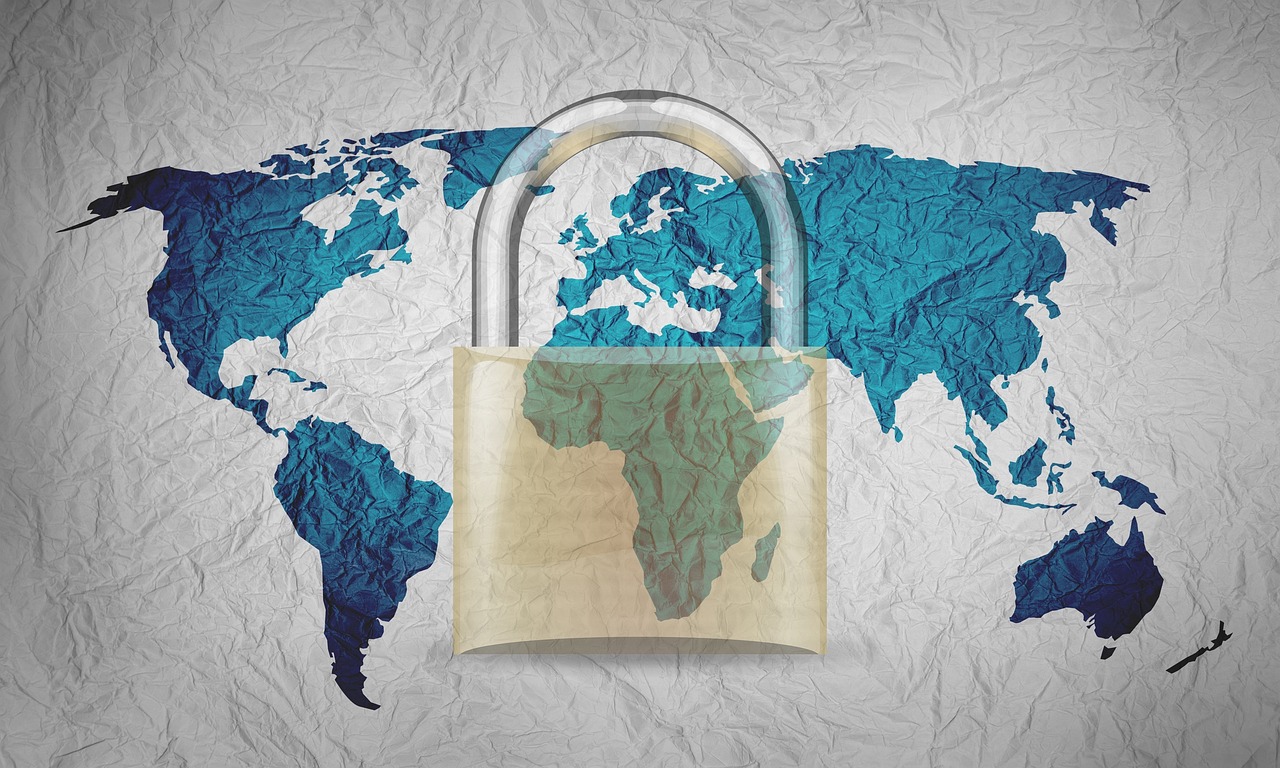
Your online privacy protections are determined by your state’s legislation, with California’s Consumer Privacy Act offering significantly stronger protections than most other jurisdictions. Tech companies must navigate a complex web of state-level privacy laws, with some states requiring explicit consent for data collection while others have no protections at all. The 2024 proliferation of state privacy laws has created compliance nightmares for businesses operating across multiple states, often leading to different service offerings based on geographic location. Social media platforms now provide different privacy settings and data access rights depending on the user’s state of residence. These regulatory differences have effectively created a multi-tiered internet where your digital rights depend entirely on your physical location.
State Borders Continue Defining American Experience
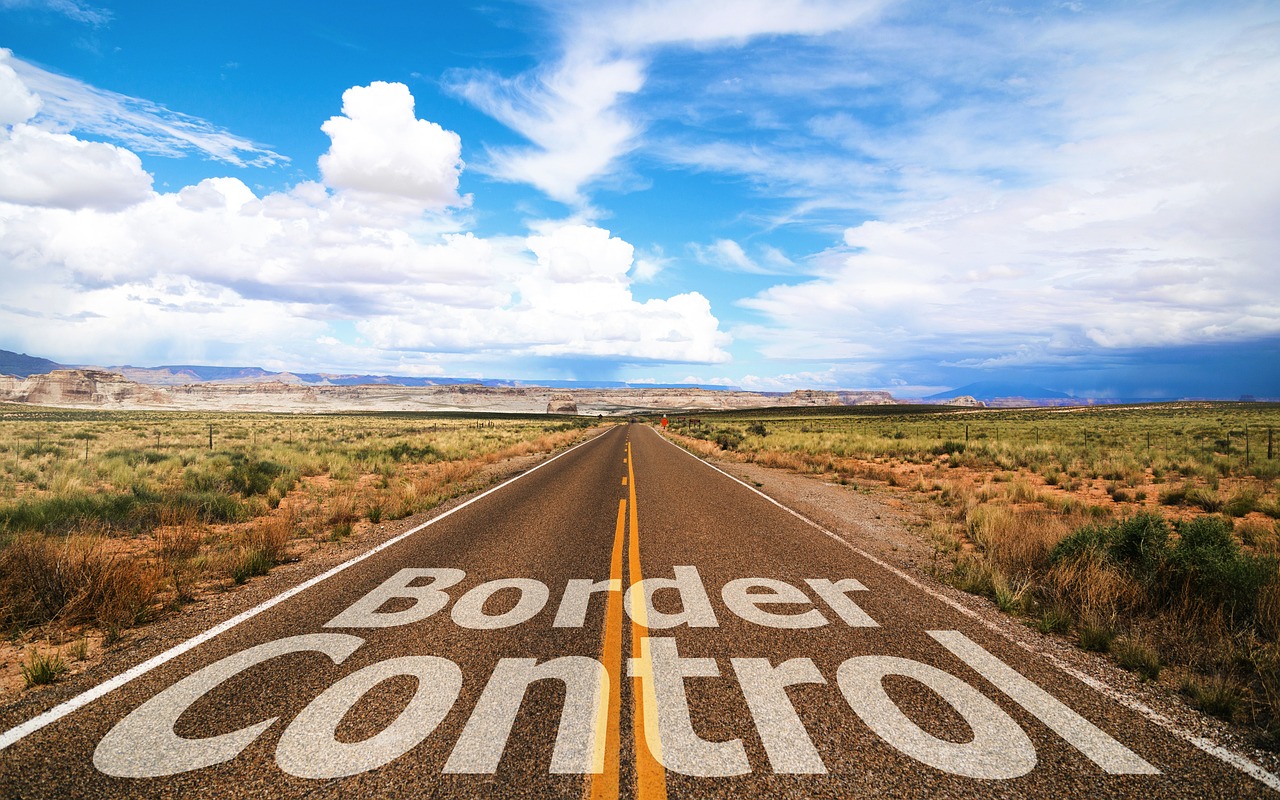
Despite living in an increasingly connected digital world, the arbitrary lines drawn by 18th-century politicians continue to shape fundamental aspects of American life in 2025. These invisible boundaries determine everything from the taxes you pay to the healthcare you receive, the quality of your children’s education to the sentences criminals receive for identical crimes. The promise of American mobility – the ability to seek better opportunities anywhere in the country – remains constrained by a complex web of state-level regulations that can trap families in disadvantageous circumstances. While technology has made interstate communication instantaneous, the regulatory barriers between states have only grown more complex and consequential over time.





